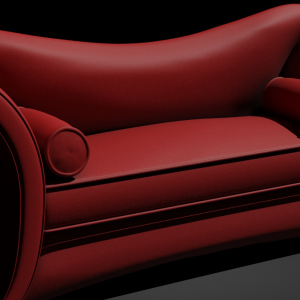
Having a professional come in and shoot a virtual tour of your property can be expensive, and not every agent can afford the luxury of it. However if this sounds like you, you are not completely out of luck! There are other ways to shoot your own real estate videos without compromising the quality of the property with amateur skills.
If you have access to a video-enabled DSLR or a 35mm-lens capable video camera, you can shoot clean, simple and appealing videos with ease. Whether you are trying to sell or rent a property, a video is becoming the most useful sales tool for the process and can help improve your SEO ranking for organic search.
Alexander Fox, a director and digital cinematographer, posted a blog on How To Shoot Real Estate Videos in a few easy steps.
Below are the seven tips worth considering:
1. Plan before you shoot: Write a voiceover script so you know beforehand exactly what shots you need. This will maximize your time and efficiency. Use a two-column script with the voiceover on one side and the types of shots on the other side to guide you.
2. Use a wide-angle lens: Real Estate always looks better when shot with a wide angle lens. Narrow shots don’t give the property the justice it deserves. Try to stand as far back and aim for the widest shot to get as much as possible in the frame of the lens. Slow panning from one end of the room to the other will create a decent panoramic for your video.
3. Put the camera in the corner: Many people make the mistake of standing parallel to a wall, and trying to shoot straight into it. That not only looks boring, it doesn’t give you a good sense of depth for most rooms, and it exaggerates lens distortion. Shooting from the corners creates a lot of diagonal lines, which gives you a visually more dynamic composition.
4. Watch the verticals: To keep your shots from looking as though they were taken in a fun-house mirror, make sure your camera is perfectly parallel to the floor, so that the vertical lines (walls, cabinets, etc.) are perfectly straight, as opposed to tapering one way or the other.
5. Don’t be afraid to go low: To avoid an excessive amount of ceiling in your shots, you’ll probably have to keep the camera lower than you think. About 4 feet off the ground is usually a good starting point. You may have to go lower to avoid mirrors (especially in bathrooms), or higher to shoot over furniture.
6. Use KISS lighting: Lighting for architectural photography is a complex subject, and every photographer has a different technique. Fortunately, you can skip 99% of it. Here is Alex’s patented, three-step shortcut for lighting a room.
7. Keep the camera moving (but not too fast): A slow, gentle, pan or tilt works well for almost any room. Give yourself five or ten seconds of static shot at the beginning and end of each move, just in case you decide it looks better. The trick to making moving-camera shots look good is to have something in the foreground, so if you’re sliding or booming, make sure you’re positioned with a couch or table in front of you.
Want more tips on how to list your property efficiently? Get in touch with a professional agent and start collaborating with Realty ONE Group. Plus check out some companies that offer aid in video production like Videolicious and Memplai.



